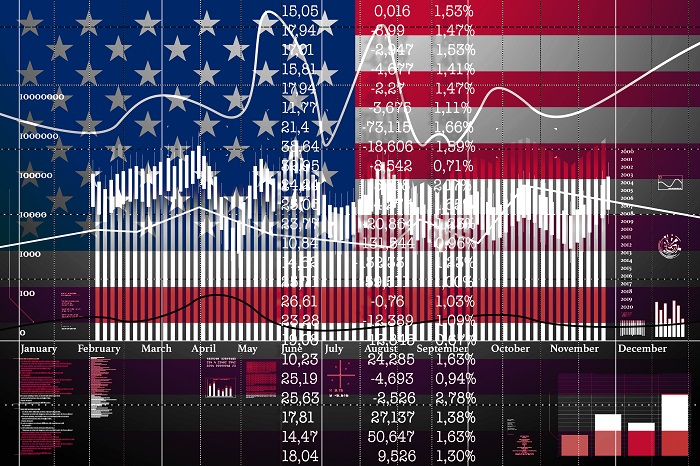Hologic develops, manufactures and supplies diagnostics products, medical imaging systems, and surgical products focused on women's health and well-being through early detection and treatment. Co.'s segments are: Diagnostics, which provides a range of diagnostic products used primarily to aid in the screening and diagnosis of human diseases; Breast Health, which provides a portfolio of solutions for breast cancer care primarily in the areas of radiology, breast surgery, pathology and treatment; GYN Surgical, which include NovaSure endometrial ablation system and MyoSure hysteroscopic tissue removal system; and Skeletal Health, which include the Horizon DXA, a dual energy x-ray system.
When researching a stock like Hologic, many investors are the most familiar with Fundamental Analysis — looking at a company's balance sheet, earnings, revenues, and what's happening in that company's underlying business. Investors who use Fundamental Analysis to identify good stocks to buy or sell can also benefit from HOLX Technical Analysis to help find a good entry or exit point. Technical Analysis is blind to the fundamentals and looks only at the trading data for HOLX stock — the real life supply and demand for the stock over time — and examines that data in different ways. One of those ways is to calculate a Simpe Moving Average ("SMA") by looking back a certain number of days. One of the most popular "longer look-backs" is the HOLX 200 day moving average ("HOLX 200 DMA"), while one of the most popular "shorter look-backs" is the HOLX 50 day moving average ("HOLX 50 DMA"). A chart showing both of these popular moving averages is shown on this page for Hologic. Comparing two moving averages against each other can be a useful visualization tool: by calculating the difference between the HOLX 200 DMA and the HOLX 50 DMA, we get a moving average convergence divergence indicator ("HOLX MACD"). The HOLX MACD chart, in conjunction with the chart of the moving averages, basically helps in visualizing how the moving averages are showing convergence (moving closer together), or divergence (moving farther apart). |



